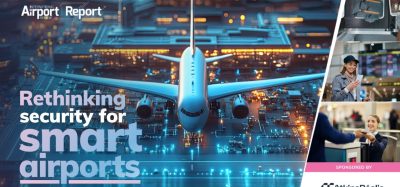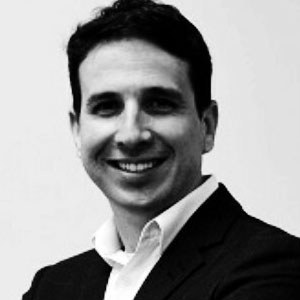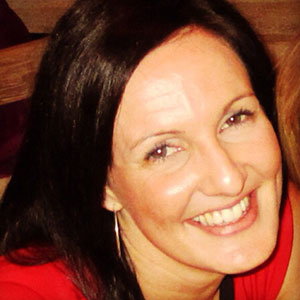French airport operator to face legal action over deadly roof collapse
Posted: 3 November 2017 | International Airport Review | No comments yet
More than a decade on from the tragic collapse of a terminal roof which killed four people at Charles de Gualle Airport, Aeroports de Paris (ADP) will face trial.


BEFORE THE COURTS: Charles de Gaulle operators ADP will now face prosecution
On May 23, 2004 the ceiling of Terminal 2E at Charles de Gaulle Airport came crashing down just a year after it opened, killing four foreign passengers. Now, after a drawn-out series of reports and enquiries, Charles de Gaulle’s operators Aeroports de Paris (ADP), will go to court to explain their part in the tragedy.
French media have reported that a magistrate made the ruling last month. ADP will be joined by three companies involved in the construction, engineering and maintenance of the $886 million terminal building. Prosecutors recommended that the operators be taken to court in 2014, but only now has a magistrate made the decision to adhere to their recommendations. A date has not yet been set for the appearance of the four defendants.
The website Actu.fr said that the other companies to be tried will be GTM, consultants Ingerop and inspectors Bureau Veritas.
Free webinar – The future of asset management in global aviation
15 January, 2026, 02:00PM GMT
Join this virtual panel to hear from some of the AtkinsRéalis and aviation sector experts as we discuss how asset management is changing and the impact it will have on the future operations of airports throughout the world.
The collapse
The terminal, designed by architect Paul Andreu who was also involved in Dubai International, was opened in June 2003.
Two Chinese, one Czech and one Lebanese citizen were killed when a 30ft portion of the roof collapsed and three others injured. Reports at the time suggested the death toll might have been higher were it not for a police officer efficiently evacuating 80 people or the fact that the collapse had taken place early in the day when fewer flyers were present in the terminal.
Enquiries were launched following the tragedy and in early 2005 the first results of these was published. It placed the blame on a litany of errors, including a weak concrete roof further compromised by concrete pillars. It also suggested corners might have been cut in the construction process in order to save money.
Later on that year, the decision was made to remove and rebuild the collapsed section of the terminal.
WATCH NOW ON DEMAND: Enabling checkpoint flexibility with responsible open architecture
Join us for an essential virtual panel supported by Smiths Detection. We will explore how airports can overcome the challenge of mixed vendor systems by adopting a flexible, open approach to checkpoint technology.
This session offers a focused look into achieving efficiency, agility, and future-readiness.
Key learning points
- Understand what to ask during procurement to ensure long-term flexibility and avoid vendor lock-in.
- Learn how centralised image review and flexible algorithm use can help you get more from the technology you already own.
- Strategies to make mixed vendor screening systems work together to improve checkpoint performance and reduce costs.
- See examples of collaborative deployments and the operational agility they enabled.
Register now for expert insights from Los Angeles World Airports, Dutch Ministry of Justice and Security, and Smiths Detection!
Related topics
Accidents and incidents, Airport construction and design, Safety, Terminal operations


















